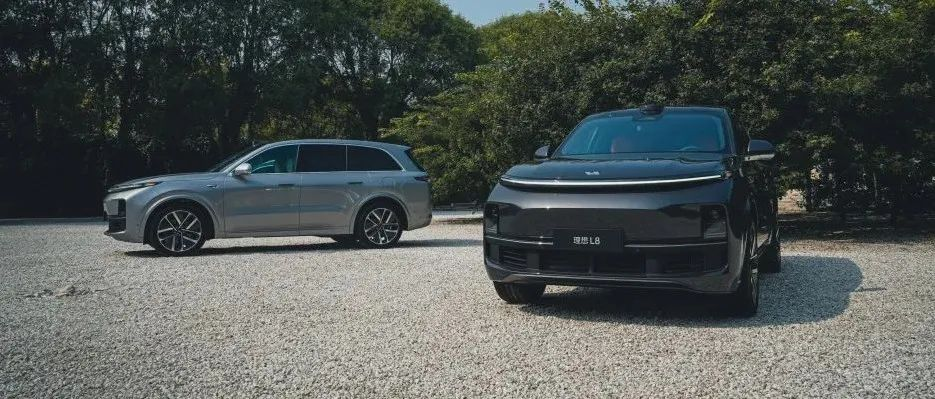Author: Wang Xuan
People who have been following Li Xiang’s Weibo for a long time surely know that he has made countless comparisons between his company’s products and Apple’s products. Previously, Li Xiang only talked about the similarities in product concepts, but now he has imported Apple’s logic for defining products. This is how the Ideal L8 Pro, Ideal L8 Max, Ideal L7 Pro, and Ideal L7 Max came to be.
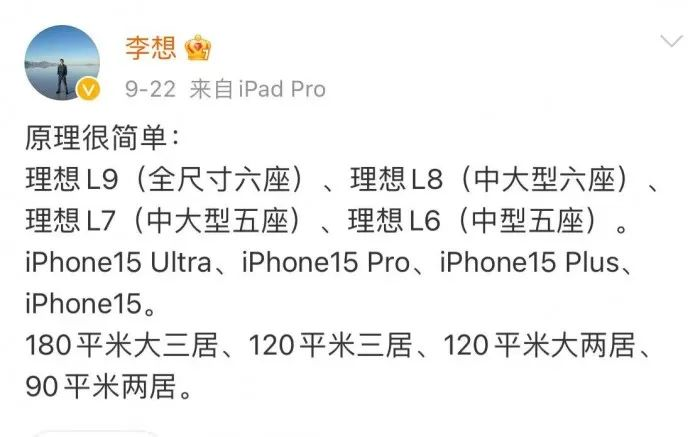
What does the unchanged exterior design mean?
After watching the launch of the Ideal L8 and L7, I’m sure everyone had the same thought: Isn’t this just a scaled-down version of the Ideal L9? Yes, the Ideal’s approach is similar to that of smartphones – maintaining the same appearance is the norm.
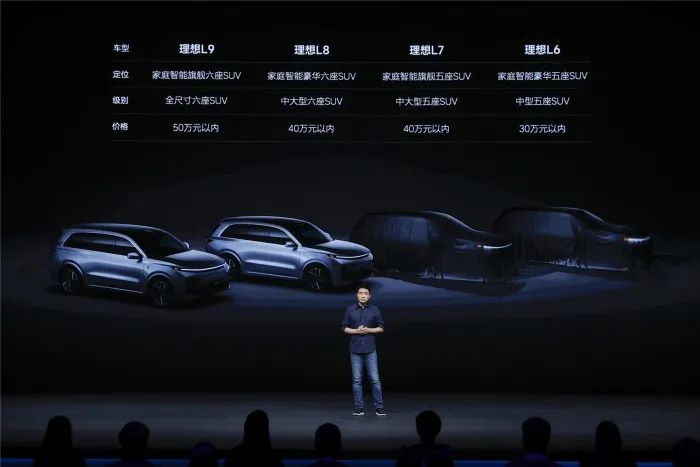
Taking the newly released Apple iPhone 14 as an example, the “Lingdong Island” design has brought a lot of freshness, and the iPhone 14 Pro model has been in high demand and rising in price.

In contrast, the iPhone 14 with the traditional notch design plummeted on the day of its debut. It is precisely because consumers have become accustomed to each generation of Apple products focusing on performance upgrades and rarely changing appearance, that the appearance of “Lingdong Island” has stimulated everyone’s desire to buy.
However, this kind of stimulation is occasional. From iPhone X to iPhone 14, Apple’s notch design has lasted for six generations of models. Recalling the time when phone designs were the most imaginative – the era of feature phones – flip phones, slide phones, candy bars, and even unique designs could attract a premium.
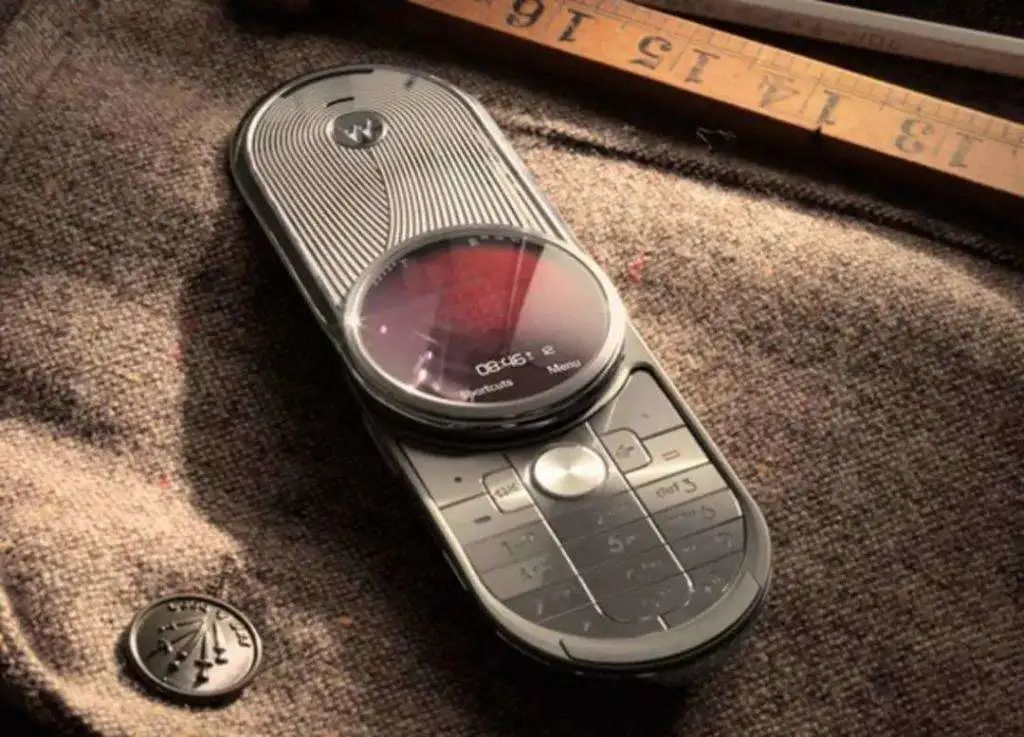
But in the smartphone era, the design has a strong “durability” because the reference points for evaluating the value of mobile phones have changed. Performance, fluency, OS system design, and ecological closed-loop projects occupy the high ground of smartphone value.We have previously written an article titled “Why do intelligent cars make people face-blind?” where it was mentioned that compared to traditional cars, intelligent cars have a completely different value evaluation system.
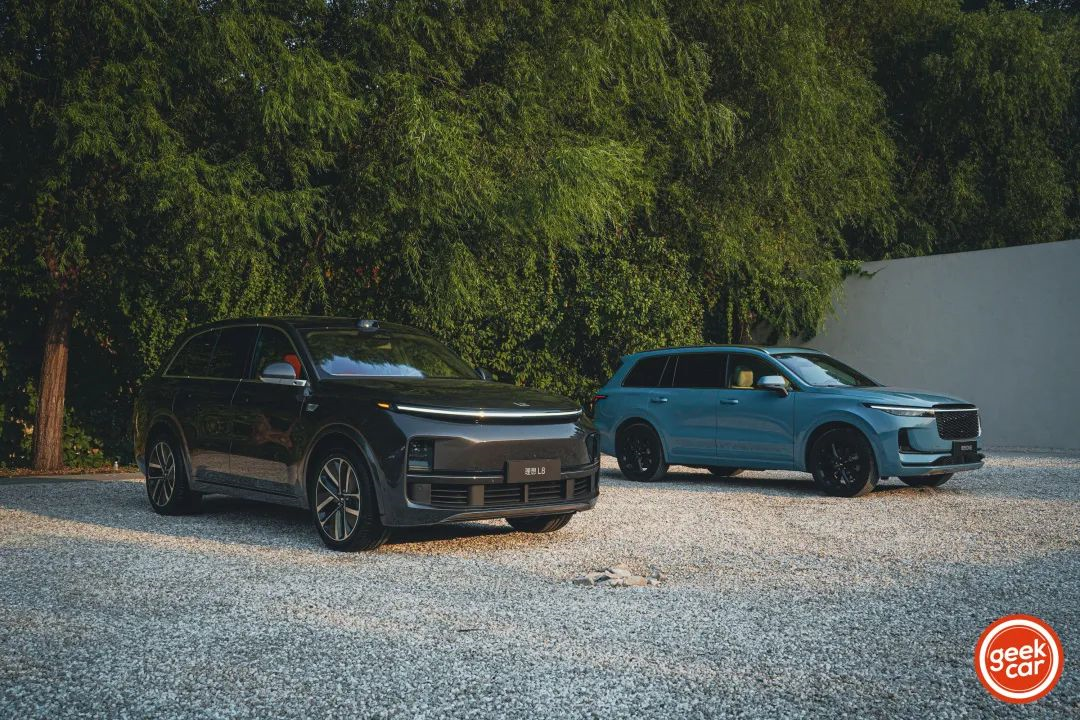
We believe that friends who have become intelligent car users have experienced it. The topics of discussion in the community are no longer changes in power, configuration and styling, but rather the content of each OTA upgrade. Designers no longer need to waste energy to highlight changes when upgrading models, as more changes are defined through intelligent software and hardware.
Evidently, the team at Ideal Automobiles understands this, so we have seen an L8 and L7 with almost identical appearance to L9.
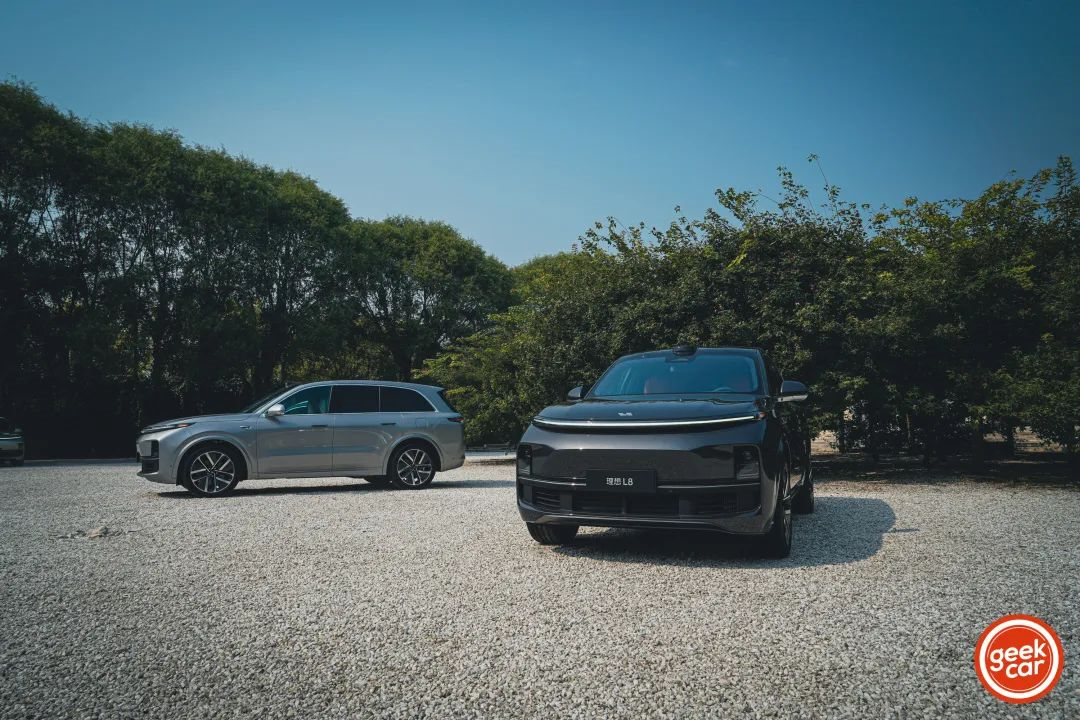
Persistent Product Managers
-
The price of the Ideal L8 Pro is 359,800 yuan, and the price of L8 Max is 399,800 yuan;
-
The price of the Ideal L7 Pro is 339,800 yuan, and the price of L7 Max is 379,800 yuan.
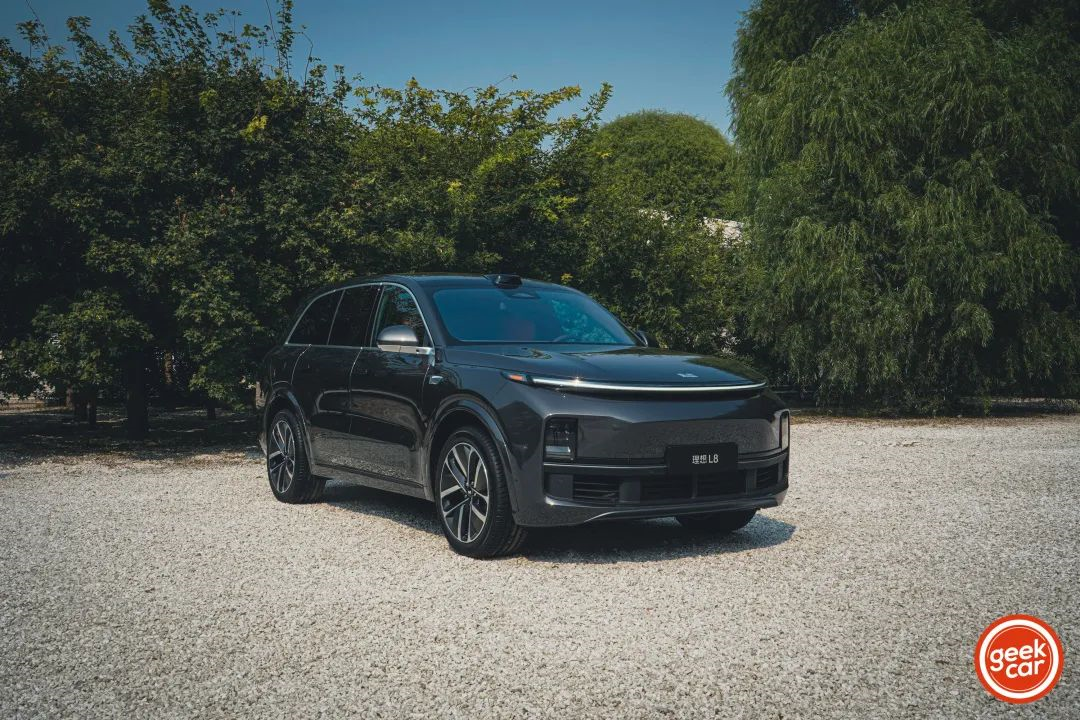
With the release of L8 and L7, Ideal Automobile’s product lineup for the next few years is gradually becoming clear. “L” represents the Ideal New Energy Vehicle Platform, and the number behind it represents the model classification. As of now, the only model that has not been unveiled is the Ideal L6, a large 5-seater SUV priced at around 300,000 yuan.
After clarifying the product lineup, there are two questions that deserve further exploration.
The first question: the differences between the Ideal L9, L8, L7 and L6, and the differences between the 2.Pro and Max.
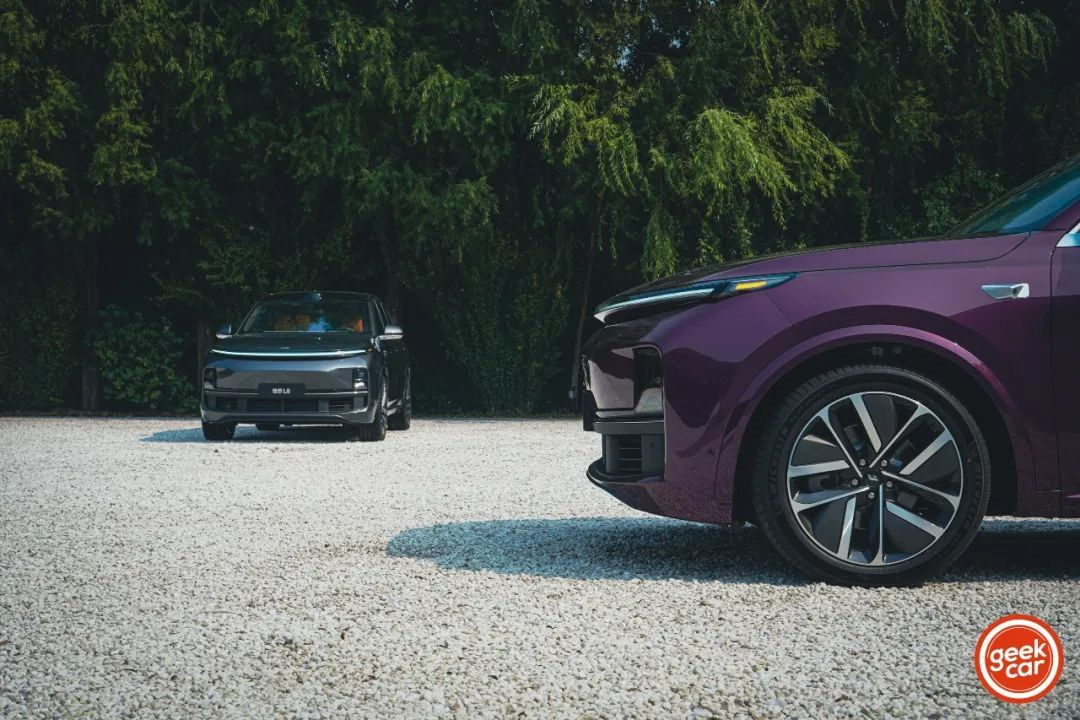 If we don’t count optional features, the suggested retail price of the Ideal L9 is 459,800 RMB. According to the PPT released by Li Xiang during the press conference, the price of Ideal L6 is within 300,000 RMB. Therefore, there is only a price difference of about 200,000 RMB between the flagship and entry-level products. In this range, it is quite crowded to fit four models.
If we don’t count optional features, the suggested retail price of the Ideal L9 is 459,800 RMB. According to the PPT released by Li Xiang during the press conference, the price of Ideal L6 is within 300,000 RMB. Therefore, there is only a price difference of about 200,000 RMB between the flagship and entry-level products. In this range, it is quite crowded to fit four models.
So we should consider combining L8 and L7 into one product. L9 only provides 6-seater models, and L6 only provides 5-seater models. The merged series of L8 and L7 plays a role of continuity and upward progress in the middle, with both 5-seaters and 6-seaters available.
Meanwhile, Ideal simplified the differences between products of different levels. In the traditional classification of cars, size is the most obvious difference, and the configuration cannot be consistent. Some configurations are only available for high-end models and cannot be optional for low-end models. On the one hand, this is to differentiate the product levels as much as possible and widen the price gap, and on the other hand, this is to raise the price of high-end cars and gain more profit margins.
Ideal has a different approach, and there are almost no functional configuration differences between L8 and L9 except for the difference in size, except for the refrigerator, 4D seats, and small table on the right side of the second row. There are only three differences between them, which are related to the usage experience.
The first difference is the acceleration performance. The acceleration score of L9 is 5.3s per hundred kilometers, and L8 is 5.5s, mainly because L9 is equipped with a larger battery pack and has higher discharge power.
The second difference is the massage function of the front two rows. The front two rows of L9 have a ten-point massage function, while the front two rows of L8 have a waist massage function.
The third difference is the screen. L9 uses an OLED screen, while L8 uses an LCD screen.
When choosing between L9, L8, and L7, users only need to consider the differences in size and seat layout, as all high-end configurations such as air suspension, CDC shock absorbers, and leather interiors are available for all three models. This is similar to choosing between the iPhone 14 Pro and iPhone 14 Pro Max, where you only need to consider the size and user convenience.“`
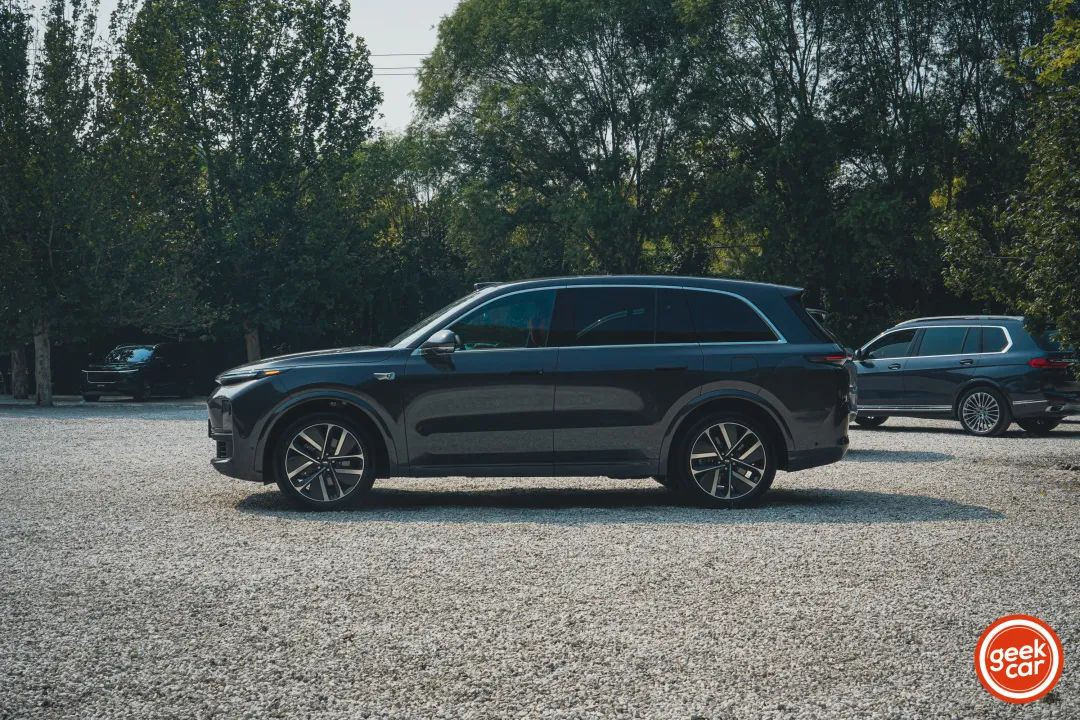
The second question: Differences between Pro and Max lie only in the intelligent cockpit and intelligent driving aspects. The Pro model is equipped with the AD Pro intelligent driving system and the SS Pro intelligent cockpit system, while the Max model is equipped with the AD Max intelligent driving system and the SS Max cockpit system.
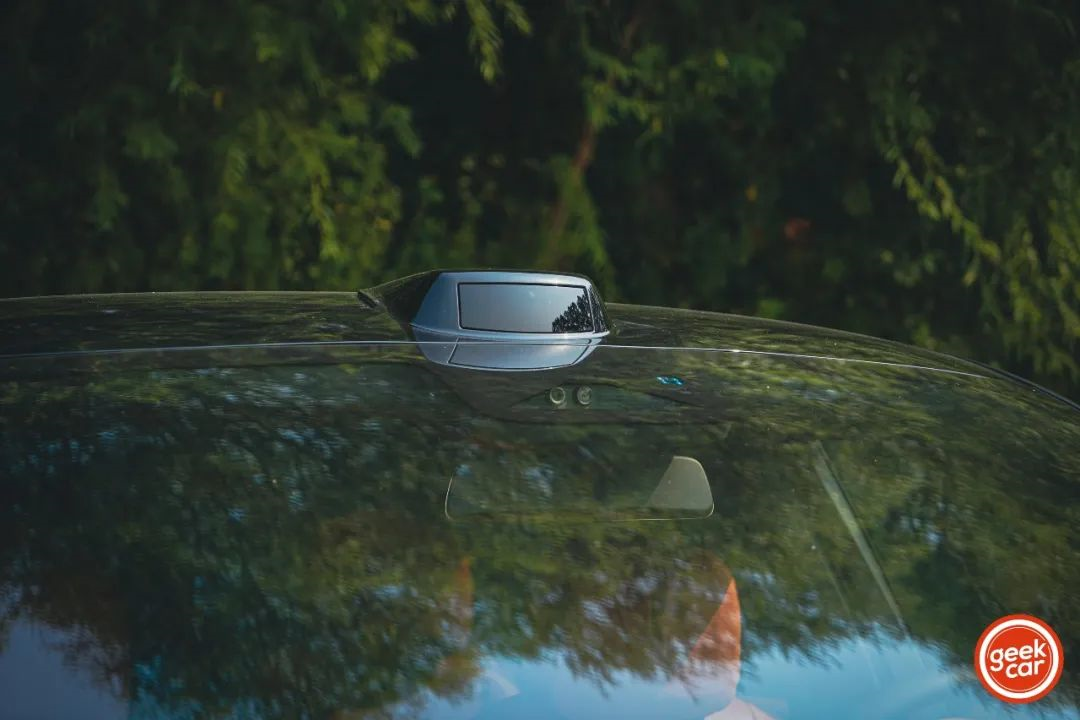
The most obvious difference between the two lies in their hardware.
In terms of intelligent driving, the Max system is equipped with two Nvidia Orin chips, with a total computing power of 508 TOPS. The perception hardware system includes 6 8 million pixel cameras, 5 2 million pixel cameras, 1 millimeter-wave radar, 1 independent high-precision positioning module, and 1 128-line lidar. It also has safety redundancy in steering, braking, and power supply.
The Pro system is equipped with a Horizon Journey 5 chip, with a total computing power of 128 TOPS. The perception hardware includes 1 8 million pixel camera, 9 2 million pixel cameras, 1 millimeter-wave radar, and 1 high-precision positioning unit.
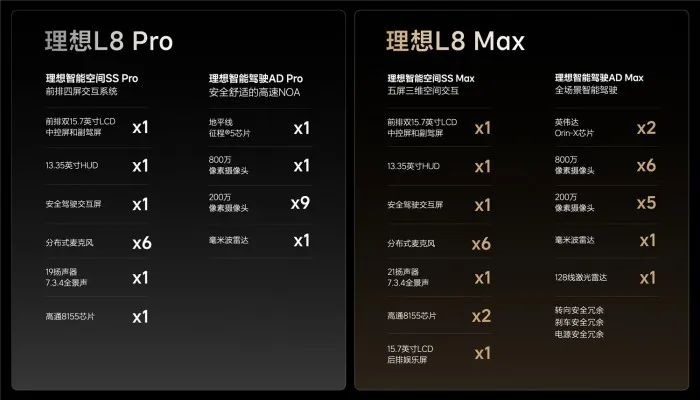
The Max system is consistent with the system on the Ideal L9, with stronger hardware capabilities for higher level autonomous driving functions. The Pro system continues to use the Horizon Journey series of chips. Li Xiang revealed at the press conference that the algorithm of this system is the same as that of the Ideal ONE with the Journey 3 chip. It will continue to push upgraded intelligent driving functions for Ideal ONE owners.
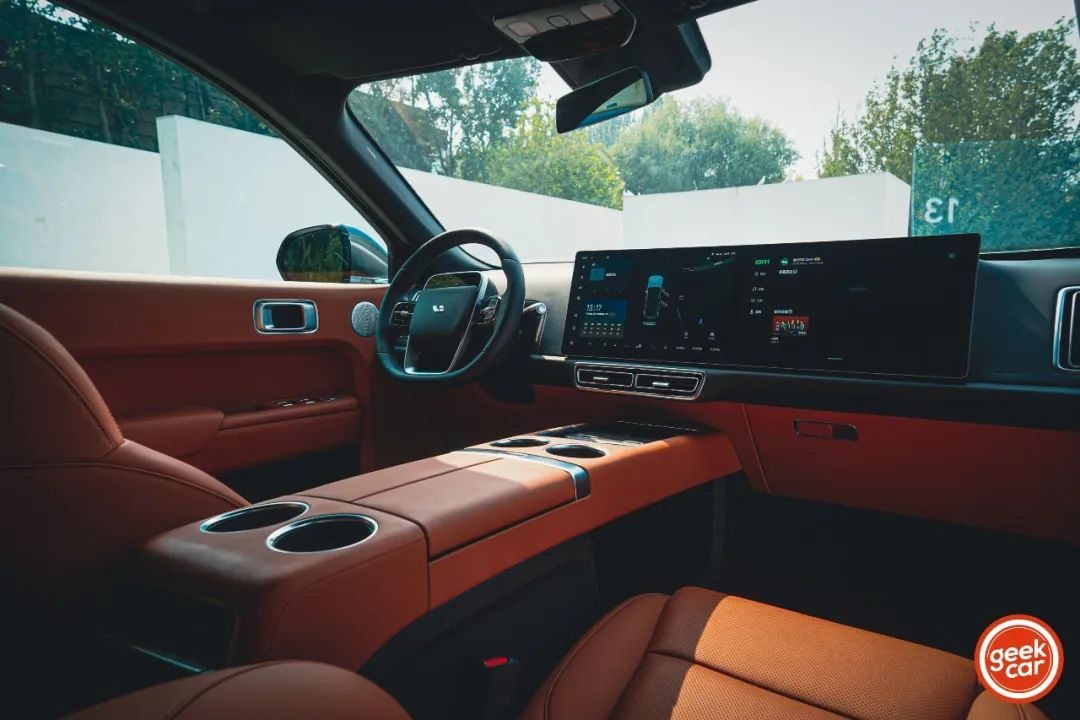
The difference in the cockpit system lies in the Max system using dual 8155 chips, while the Pro system only has one 8155 chip. In addition, the Pro system does not have a rear entertainment screen similar to that of the L9.“`
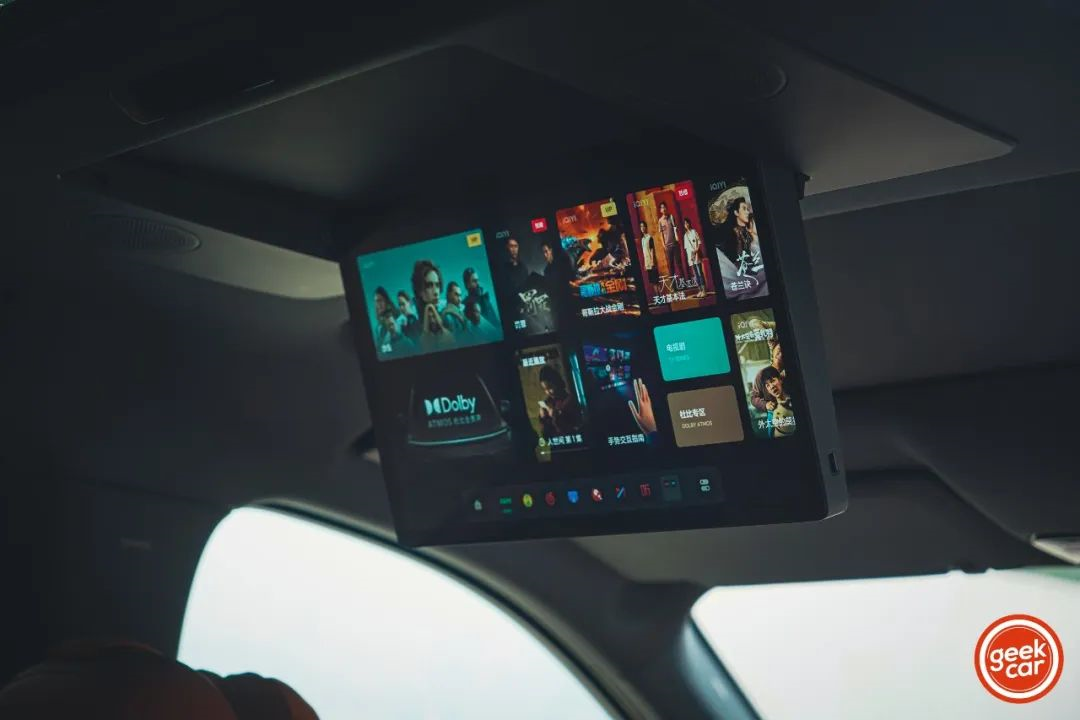
The difference between Max and Pro lies in hardware capabilities and long-term layouts for the future, just as the core difference between iPhone 14 and iPhone 14 Pro is the difference in processing power between A15 and A16 chips.
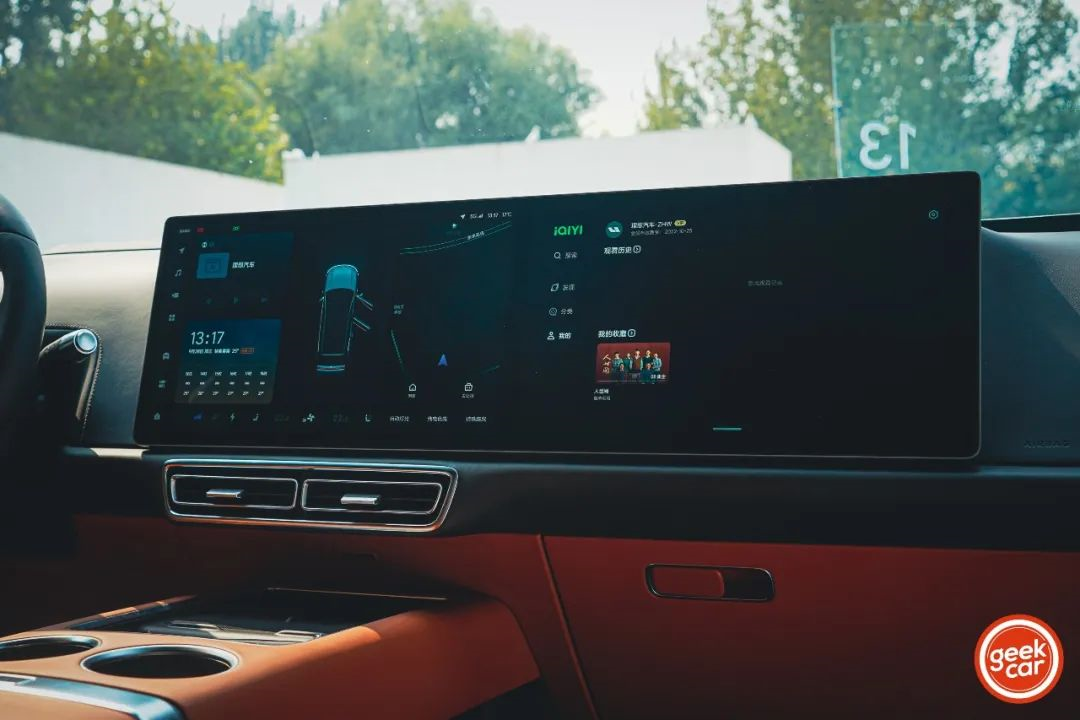
Starting with the LI ONE, Ideal rarely gave users any choice. Except for the car paint and wheel size options, all functional configurations were standard with no options available. The introduction of the Pro and Max versions also differentiates the intelligent configurations. It can be seen that Li Xiang is still the stubborn product manager, but from another perspective, not giving users the power to choose is also because Ideal has already offered everything it can offer.
One mooooooore thing
Unlike other manufacturer’s “one more thing” at press conferences, Ideal surprisingly released another product during the “one more thing” segment. This move caught people off-guard, especially considering Ideal had worked on the Ideal ONE product for three years prior. Now, during one press conference, two cars are released.
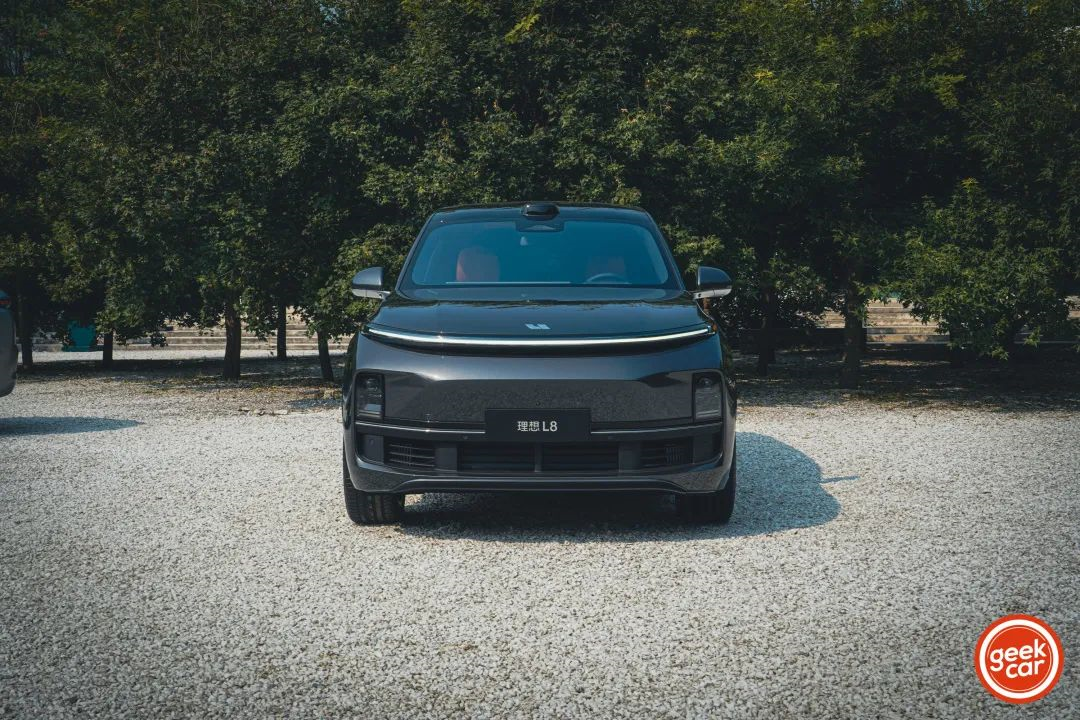
Of course, the reason for Ideal’s speed was hidden in the 15 minutes before the press conference. For the past three years, Ideal has been continuously improving its independent research and development capabilities, supply chain capabilities, and intelligent manufacturing capabilities.
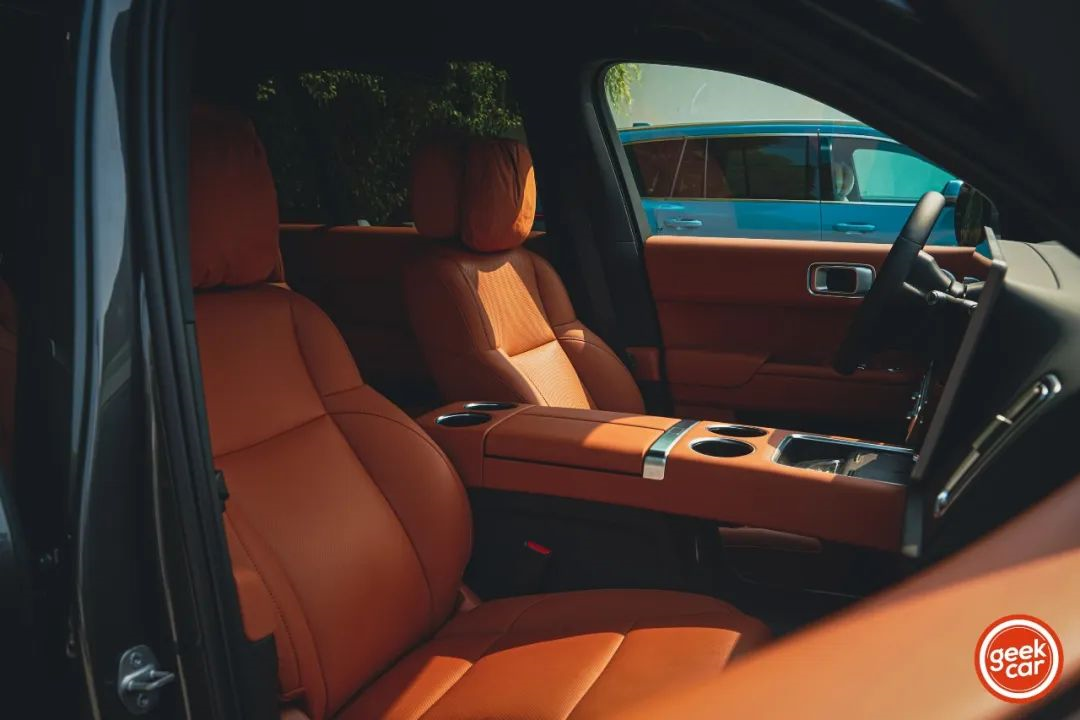
The battlefield of autonomous driving is heating up, and Ideal is developing its own algorithms. The range extender has been criticized frequently, so Ideal began developing its own range extender. To solidify the title of “the best SUV for home use under ¥5 million,” Ideal completed the hardware design of the air suspension.
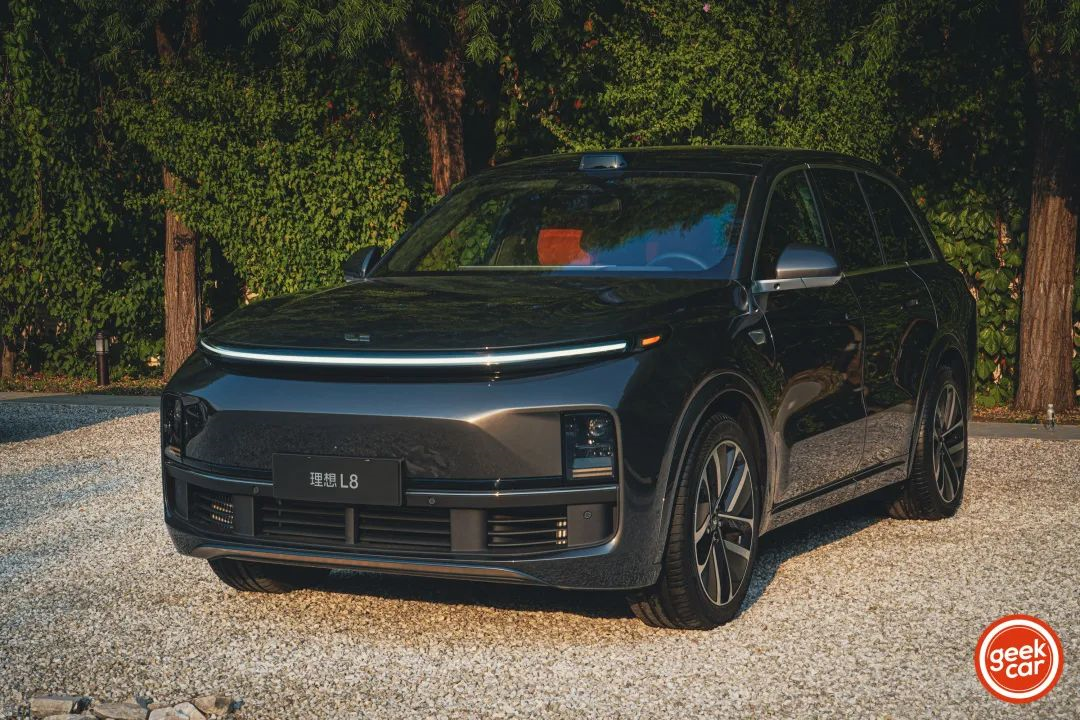
Even Li Xiang has some tricks up his sleeve, and he accidentally pulled out a self-developed silicon carbide power chip from his jeans pocket, to tell everyone that Ideal has already prepared for the competition from pure electric vehicles in the 800V high-voltage platform and ultra-fast charging field.

In terms of self-development, Ideal has invested tens of billions. At the same time, self-development can also solve the problem of the supply chain bottleneck. Ideal ONE has broken ten thousand in monthly sales in the first half of the year, and the supply chain also contributed a lot.
Today we learned that Ideal L9 broke ten thousand units in the first month of delivery, which is unprecedented in the development process of new car manufacturers. We all know that new product production will go through a ramp-up process of production capacity, which will bring pressure to delivery and scheduling. Obviously, Ideal has solved this problem.

What is reflected behind this is the smart manufacturing capabilities of the Ideal Changzhou factory. In addition to the software and hardware of the car, Ideal even self-developed the Li-MOS manufacturing operation system. The algorithm system mastered over ten thousand assembly process points and millions of data points, and analyzed the previous data daily.
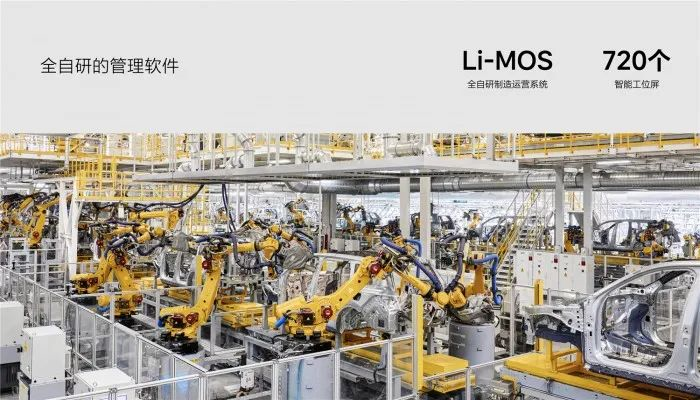
Although Ideal launched two new cars at a press conference, Li Xiang himself was still calm and the systematization ability of production and manufacturing was his confidence.
Therefore, Ideal L8 started large-scale production immediately after the press conference, and the first batch of users can pick up the car at the end of the year. The first delivery time of Ideal L7 is in February 2023.
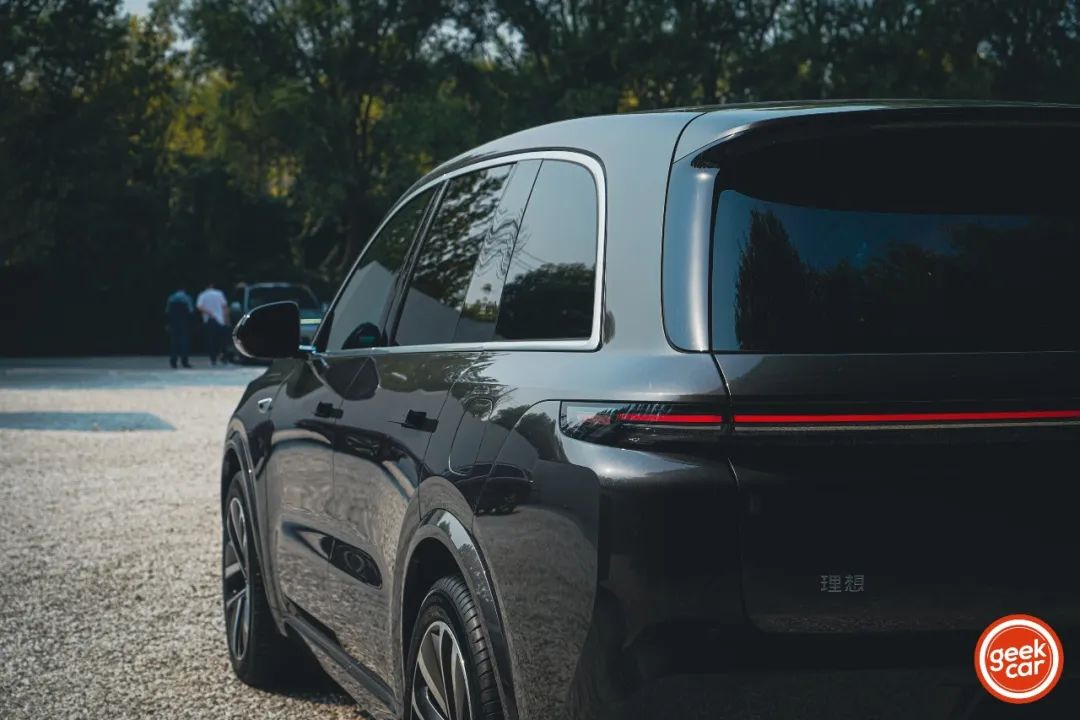
Lastly
Watching the press conference of Ideal L8 and L7, I even forgot their label as a “new force” at some moments.
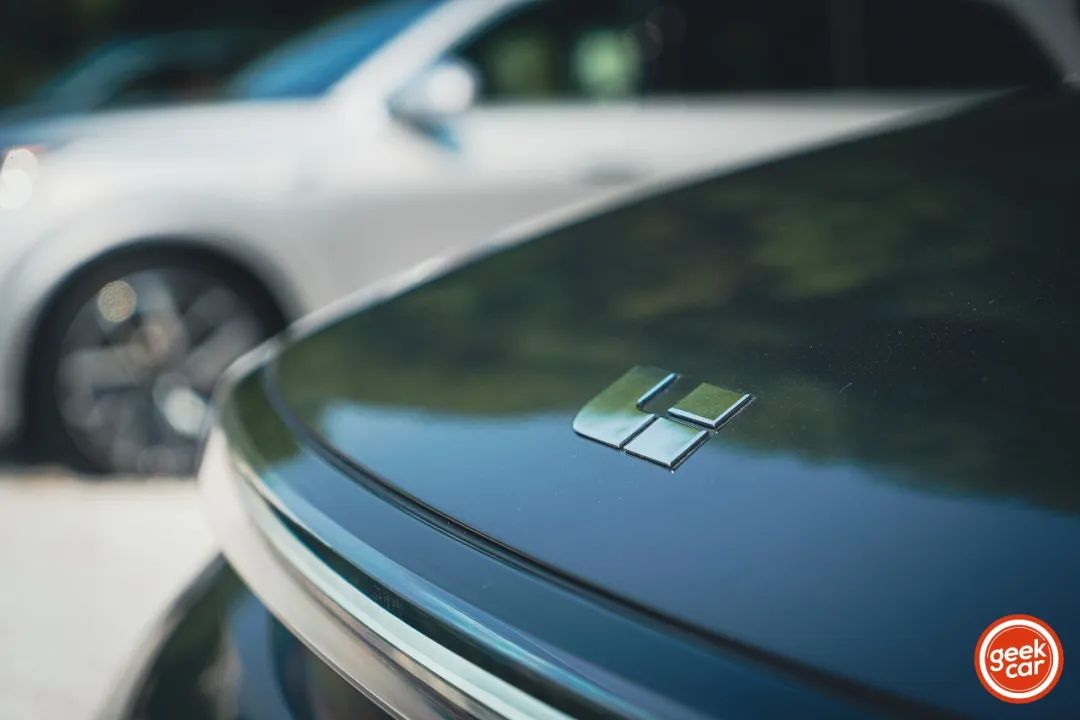 After the launch of three products, the image of LiAuto becomes clearer in the public’s mind. In addition to being “good at defining products,” we now know that LiAuto has the ability to independently research and deploy. After a series of fast-paced product releases, LiAuto’s sales performance is expected to be even better.
After the launch of three products, the image of LiAuto becomes clearer in the public’s mind. In addition to being “good at defining products,” we now know that LiAuto has the ability to independently research and deploy. After a series of fast-paced product releases, LiAuto’s sales performance is expected to be even better.
This article is a translation by ChatGPT of a Chinese report from 42HOW. If you have any questions about it, please email bd@42how.com.
